
As the new trading week begins, markets are facing a fresh wave of uncertainty due to Moody’s decision to downgrade the United States’ sovereign credit rating from AAA to Aa1. Although the new rating still indicates a high-quality borrower, this change represents a major symbolic shift. U.S. Treasuries, which have long been viewed as the foundation of global financial stability, are now under increasing scrutiny.
The downgrade comes on the back of concerning fiscal projections. U.S. federal debt is expected to balloon from 98% of GDP in 2024 to 134% by 2035, with annual deficits projected to grow from $1.8 trillion to $2.9 trillion. These figures have forced rating agencies to reassess the U.S.’s top-tier standing, especially as political dysfunction continues to paralyze effective fiscal reform.
Market reactions have been cautious rather than panicked. Yields on the 10-year U.S. Treasury rose to 4.48%, indicating a higher risk premium. Equity benchmarks, including the SPDR S&P 500 ETF, declined slightly, suggesting that while outright fear has not taken hold of the markets, there is a gradual erosion of investor confidence.
The broader implications are profound. Higher Treasury yields could lead to tighter financial conditions across the board, affecting everything from mortgages to student loans. This would make credit more expensive for both consumers and businesses. As rising debt servicing costs constrain government spending, there will be less room for future stimulus.

Moody’s had previously warned about the risk of prolonged gridlock in Washington, citing the collapse of leadership in the House of Representatives and a lack of credible long-term fiscal planning. At the same time, commentary from former President Trump regarding changes to the Federal Reserve’s leadership has unsettled global markets, raising concerns about central bank independence.
As the week progresses, investors will watch closely to see whether bond yields continue climbing. A sustained push above 4.5% on the 10-year note could trigger further volatility across equity markets. Defensive sectors like utilities and healthcare may begin to attract more inflows, while growth stocks, especially in tech, remain vulnerable to interest rate pressures.
Key Markets at Inflection Points
USD Index (DXY)
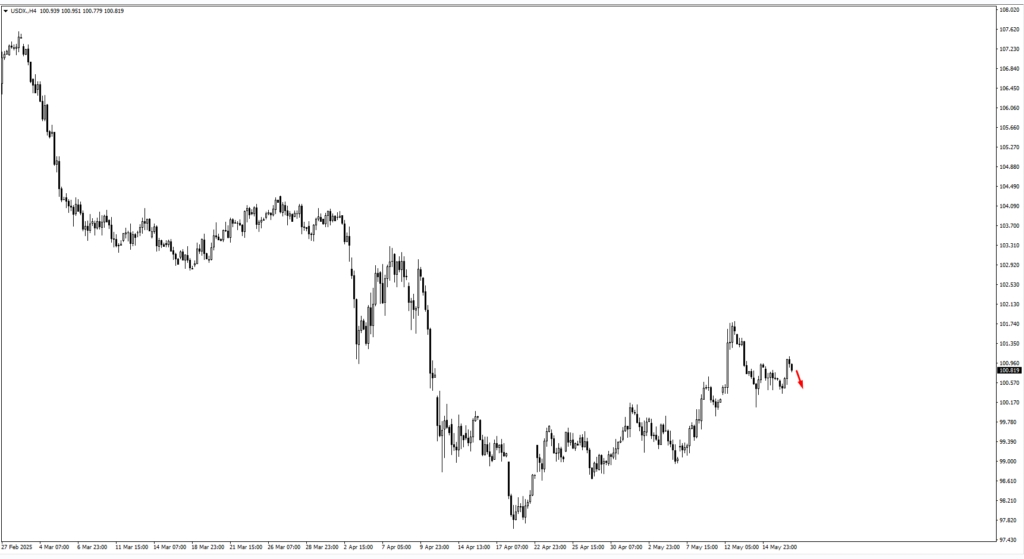
- Hovering around 100.60, the index is at a make-or-break level.
- Upside potential toward 101.40 and 102.40 remains possible if sentiment stabilizes.
- However, a slide toward 99.80 could trigger broader risk-off moves.
EUR/USD
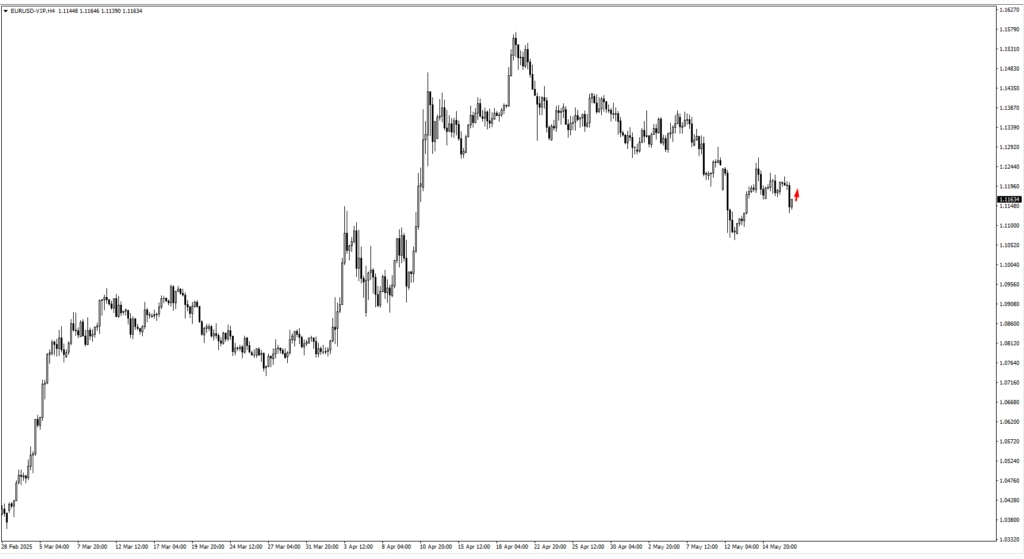
- Approaching key resistance at 1.1195.
- A breakout could pave the way to 1.1300, while a reversal may see it test support at 1.1105.
GBP/USD
- Attempting to climb toward 1.3320, with UK CPI data midweek likely to set direction.
- If inflation beats forecasts (3.30% YoY expected), GBP may find renewed strength.
USD/JPY
- Consolidating near 145.00.
- Watch for pullbacks toward 144.65 or 143.80 if yields retreat or sentiment shifts.
USD/CHF
- Range-bound around 0.8300.
- A bounce may occur if risk sentiment favors the Swiss franc.
AUD/USD
- Bouncing from 0.6370, with resistance at 0.6425 in sight.
- All eyes are on this week’s RBA rate decision, with a potential cut from 4.10% to 3.85% in focus.
NZD/USD
- Struggling near 0.5905, with critical support at 0.5860.
- Commodity sentiment and China-linked demand will drive near-term moves.
USD/CAD
- Oscillating between 1.3940 and 1.4140, with oil prices a key catalyst.
- Canada’s Median CPI (forecast: 2.90%) could influence direction midweek.
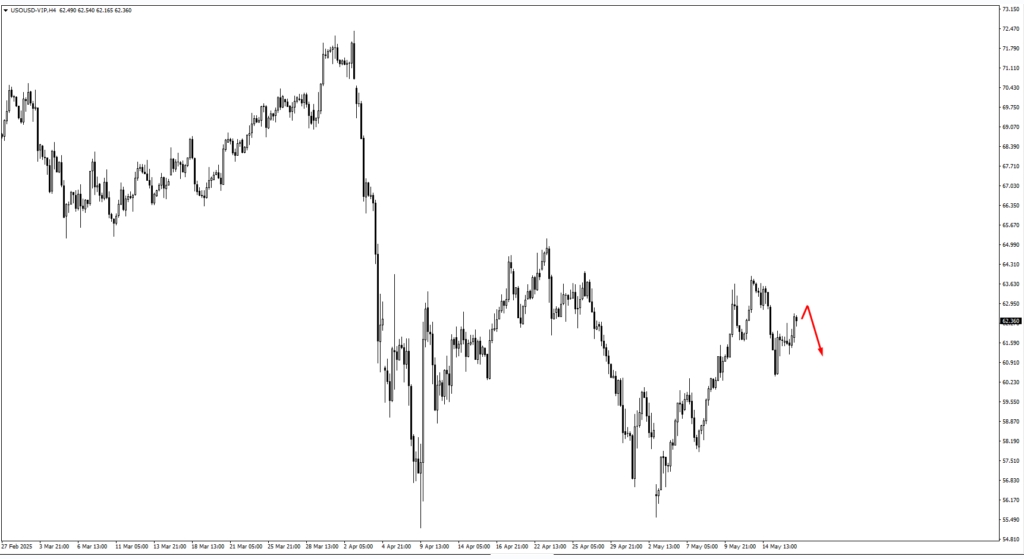
In commodities, crude oil is consolidating just above $63, facing a challenging demand backdrop despite geopolitical tensions.
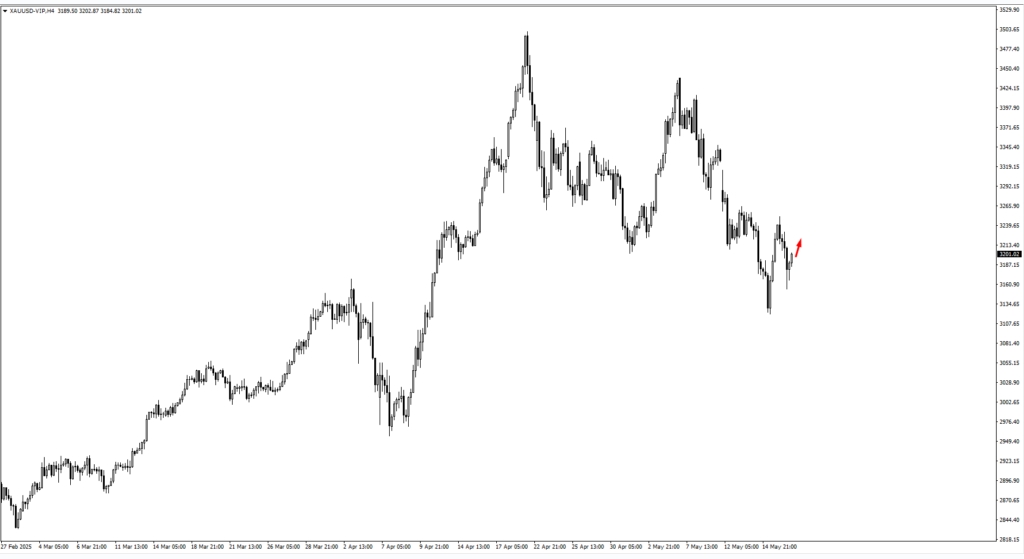
Gold staged a sharp rebound from $3154 after pulling back from the $3250 zone. Now trading near $3210, price action here is crucial. A rejection could see it slide back toward the $3120.72 low. But if price consolidates or moves cleanly through $3210, bulls may target a retest of $3270. The metal remains in demand as a hedge, though the dollar’s wavering strength complicates its path.
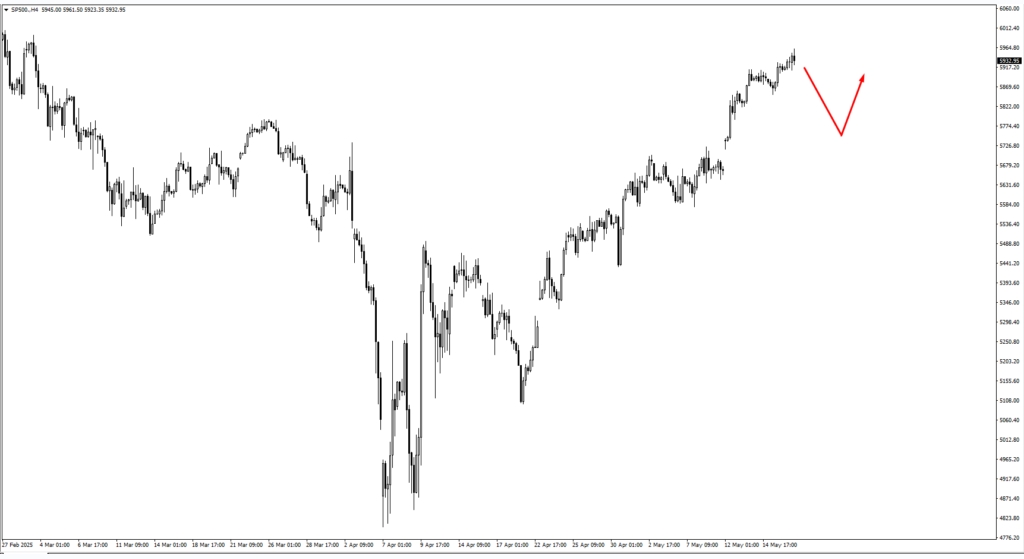
The SP500 is showing signs of fatigue. While support may emerge near 5740 or 5690, a swift move higher could face resistance near 6100. Rising yields and fiscal headwinds may continue to limit bullish momentum.
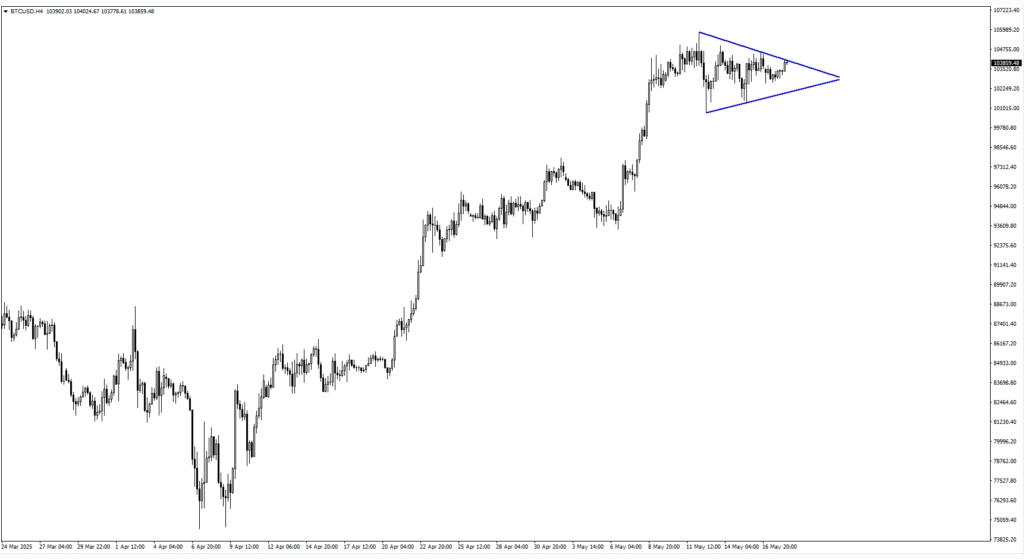
Bitcoin continues to consolidate just below the $100,000 mark. Key support lies at 99,400 and 96,600. While long-term optimism remains, traders are waiting for a macro catalyst to drive a breakout.
Natural gas has cooled after a recent peak, now hovering near 3.02. With storage levels healthy and seasonal demand easing, downside pressure may persist unless weather patterns shift.
Key Data to Watch
This week, markets will be closely watching central bank moves and inflation prints. Australia’s expected rate cut reflects growing pressure on the RBA amid sluggish domestic growth.
Canada’s inflation data, holding steady at 2.90% y/y, has so far supported a neutral stance by the Bank of Canada.
Midweek, UK CPI will be the highlight. Forecasted at 3.30% y/y, the data may signal ongoing inflationary pressure, raising the stakes for the Bank of England’s next move.
If the actual print exceeds expectations, the pound could see renewed interest, though questions remain about how aggressive the BoE is willing to be given softening growth indicators.
Lastly, the U.S. released its own PMI flash readings: manufacturing expected at 49.9, down from 50.2, and services slightly lower at 50.7 from 50.8. These softer forecasts suggested the Fed may remain in a holding pattern. Thursday shaped up as the most technically active day of the week—tight ranges began to widen, and macro narratives re-entered the charts.







